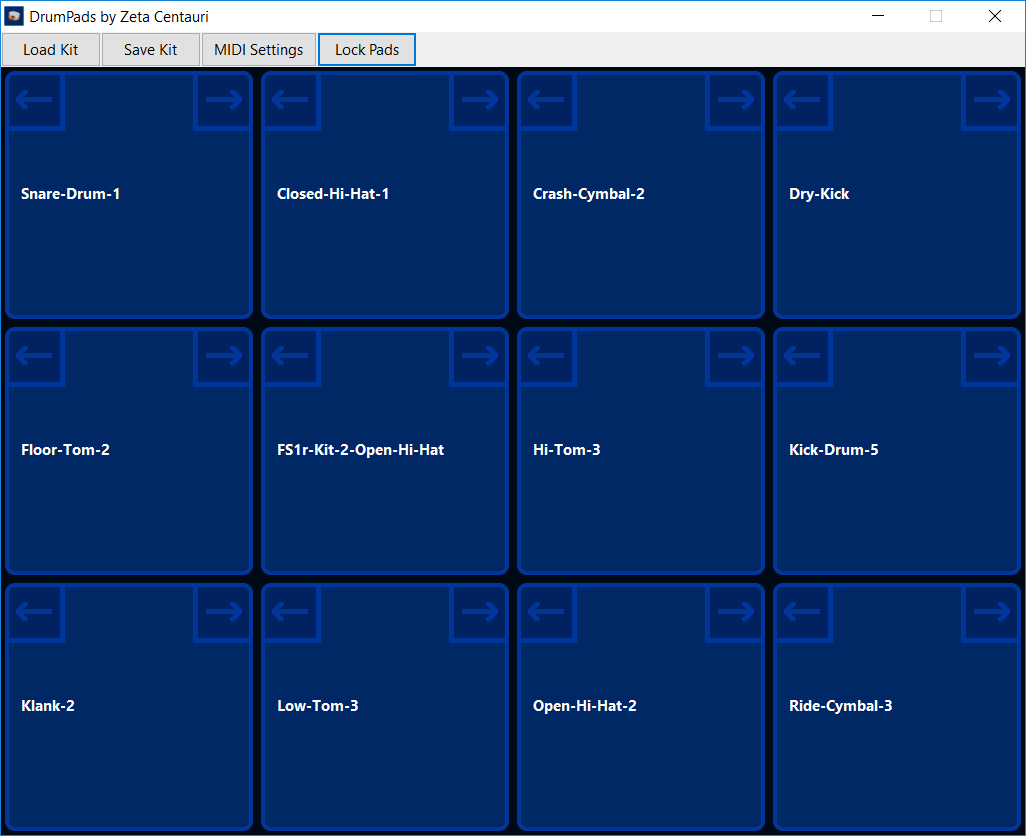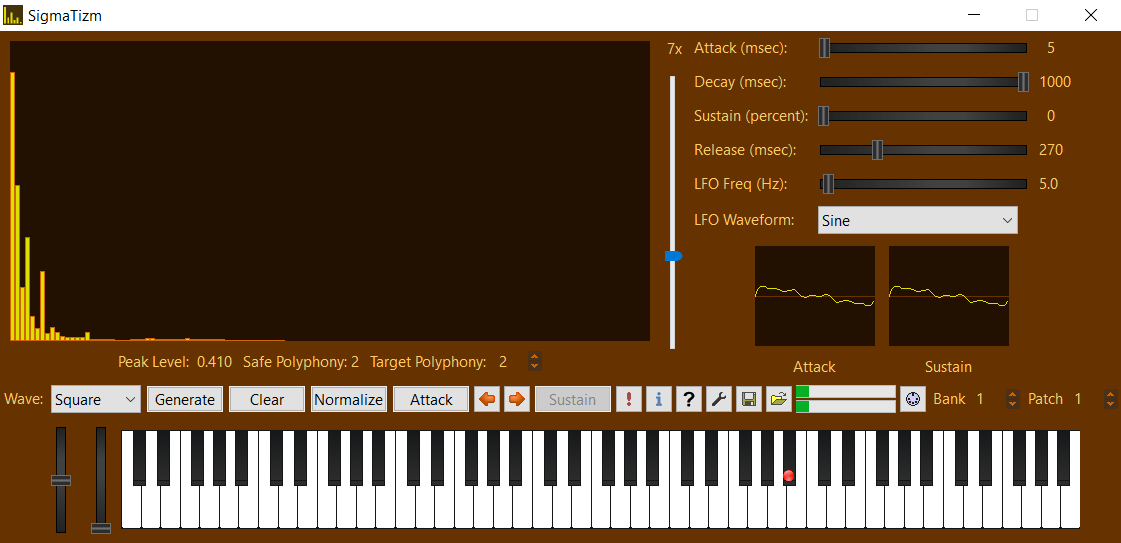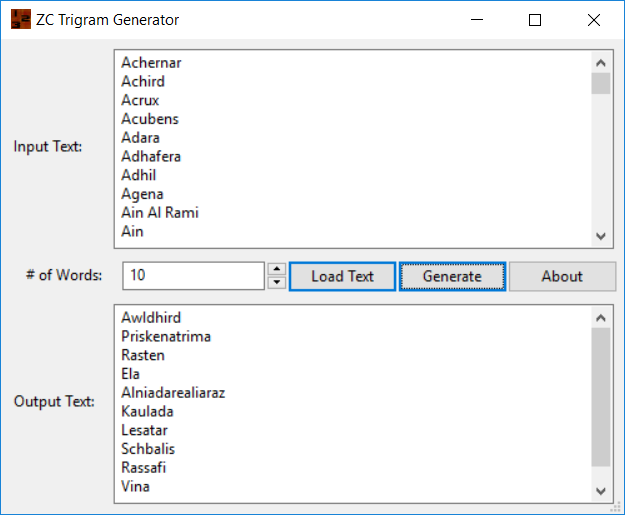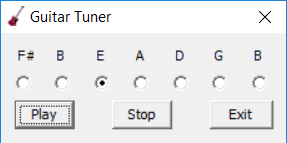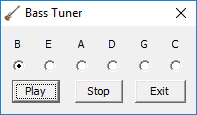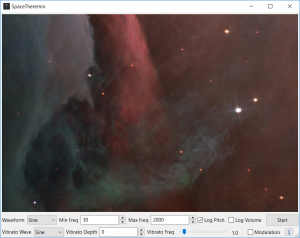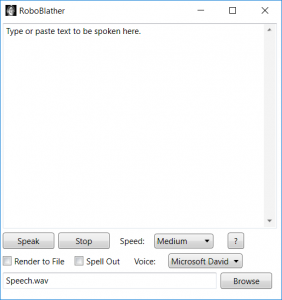I originally wrote this as an answer to a question on Quora.
Full question:
“Say networking is a blanket, for IT, systems administration, and network security. We’ll say programming is basically web app development. Can anyone with experience in either of these fields give some pros and cons about what they do and do not like?
I have basic knowledge in web development and none in networking, but I have recently taken a liking to getting involved with network security, and I think I would like systems administration more than programming so I am curious as to your opinions.”
I’ve done both, and still do both.
I almost always prefer building software, but there are almost no days where it’s easy. The big draw for me is that it’s creative work and is a form of artistic expression, more in the way that literature is than painting. I also find that my level of enjoyment is inversely proportional to the number of people involved in the process.
Both paths rely on having a great deal of knowledge. While you can look up specifics, having enough background to understand the specifics takes a lot of learning and experience. Once you know the material well, networking and system administration are usually easier and less stressful, requiring a lot of thoroughness, attention to detail, and keeping track of things.
Both rely on having a set of tools that you rely heavily on. In software, it’s your IDE, debugging tools, libraries, frameworks. In systems it’s a set of utilities, commands, scanning tools, or even hardware tools.
What I dislike about what you put in the umbrella of “networking” is that if you’re good at it, it can get to be pretty boring. When systems are running well, you’ve earned your pay, but it’s when things are breaking that it gets most interesting. And stressful. And you get the least recognition for your efforts. Though ages ago I was an MCSE and worked with Microsoft products regularly, I’ve grown into being a Linux bigot and can’t stand working with non-open-source systems. Luckily I’m in a position where I don’t have to, but you may not have a say in what things you end up working with. Same goes for programming, really.
One place where it gets interesting is when you combine the two, and that’s what I refer to as DevOps. It’s system administration AND programming. This involves working with tools that create and configure servers, deploy things, set up security, and perform all sorts of IT administration tasks, but instead of being done by a team of 20 IT staff, they can be done by one person. Things like Chef, Puppet, Vagrant, Salt Stack, Ansible, Fabric, Capistrano, and Nagios are popular and worth exploring.
It’s a lot harder to find a “sane” work environment in programming. Almost nobody who hasn’t done it appreciates how incredibly difficult it can be. Douglas Crockford said that “computer programs are the most complex things Humans make”. Being able to manage an environment like that where people aren’t just cogs in a machine takes a special kind of person, and unspecial managers abound. Lots of little things can add up to make a chaotic and stressful environment. It’s often more “interesting” in product companies, but those are a small part of programming. Most programming is writing “boring business apps”, like order entry systems, sales report generators, accounting tools, and other business-specific pieces. It’s no less challenging, but often less stressful and more stable than building software products. The challenges are just different, and one’s not better than the other. I’m a product person, you may not be.
Before making a decision, I’d recommend exploring the world of DevOps first. Not only is it a growing trend and career path, it’ll give you a taste of the administration side of things and you may fall in love with it. Or you may like every part except for the programming and go full IT.
